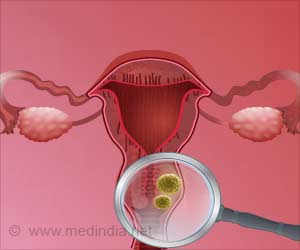High rates of non-exclusive breastfeeding practices and early infant formula introduction is found among low-income women.

‘A high proportion of low-income women report giving infant formula in the first few days of life. Systems-based interventions can help improve exclusive breastfeeding.’
Read More..




Assistant Professor Dr. Sina Gallo led the study with colleagues from the Loudoun County Health Department and Georgetown University. Published in Public Health Nutrition, they found that 61% of infants in their sample received formula in the first few days of life. More than half of the mothers reported the use of formula due to perceived insufficient milk supply. Going back to work was also commonly cited as a reason for introducing formula, and some cultural beliefs may have encouraged the use of a mix of both breast milk and formula.Read More..
Mothers who set an exclusive breastfeeding goal were five times more likely to be exclusively breastfeeding at three months post-partum. Those who did not complete high school were four times more likely to be exclusively breastfeeding at three months and six times more likely to be exclusively breastfeeding at six months than those who had completed a high school education or greater.
The researchers suggested that most early breastfeeding problems can be addressed with education about when and how much to breastfeed and culturally appropriate support from clinicians. Gallo explains, "The main reason for the introduction of the formula was a perceived insufficient milk supply which is likely a preventable reason and education on sufficient breastmilk in the first few days, as well as improved baby-friendly hospital practices such as skin-to-skin and feeding in the first hour, can help mitigate this practice."
This study investigated the feeding patterns of 190 low-income, predominantly Hispanic immigrant women who attended two WIC clinics in Loudoun County, Virginia. Eighty-one percent were living below the federal poverty line, and food insecurity was high.
"The early rates of introduction of formula in the population surveyed is alarming 17 percent reported giving formula at the first feed and 45 percent before they left the hospital. This is the time when support systems should be in place to help mothers exclusively breastfeed, yet many are choosing formula feeding at this time," explained Gallo.
Advertisement
"Our study aims to inform policymakers of the best way to help minority mothers earning low incomes to adopt exclusive breastfeeding. WIC already provides an expanded food package for exclusively breastfeeding mothers as well as access to lactation counselors. However an increased focus on intense lactation support in the first weeks, including limiting formula as a part of the WIC package for the first month to special circumstances may further help support mothers to meet breastfeeding recommendations," Gallo noted.
Advertisement











